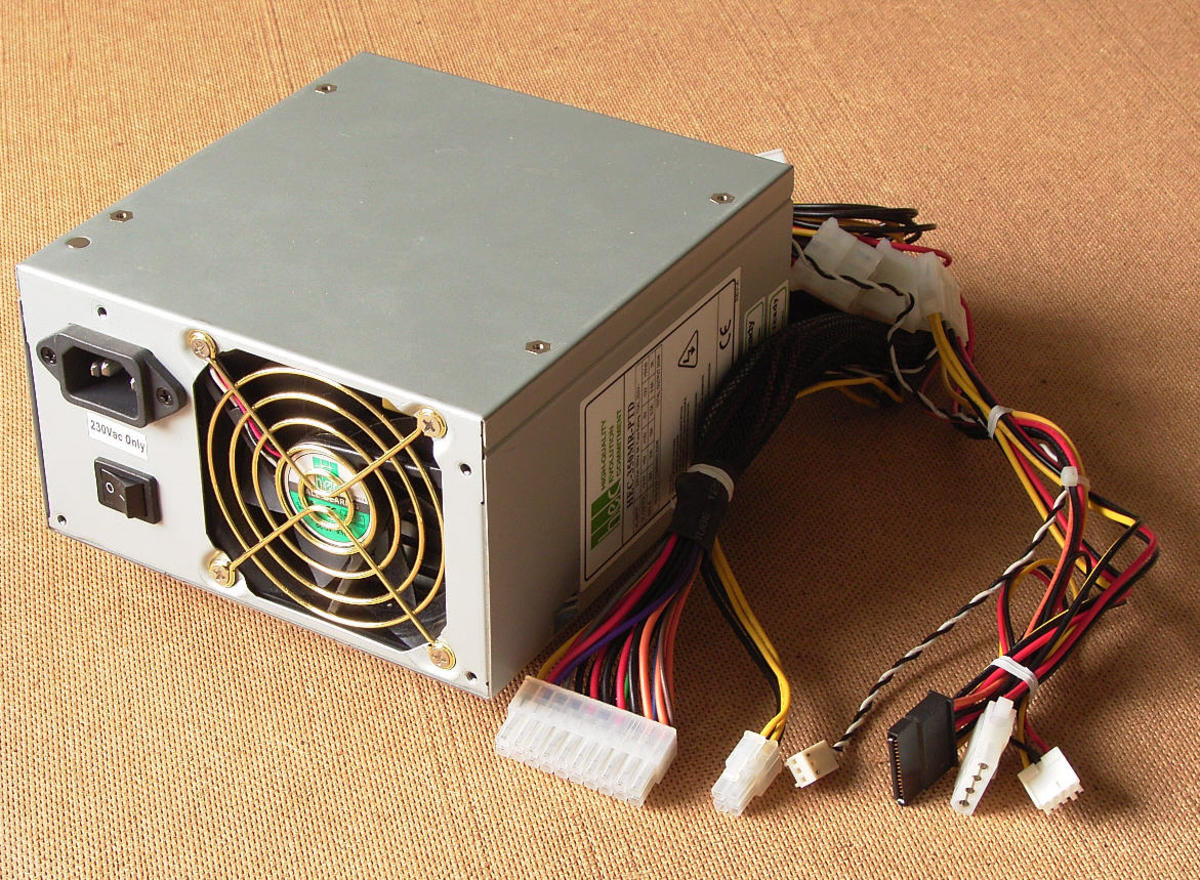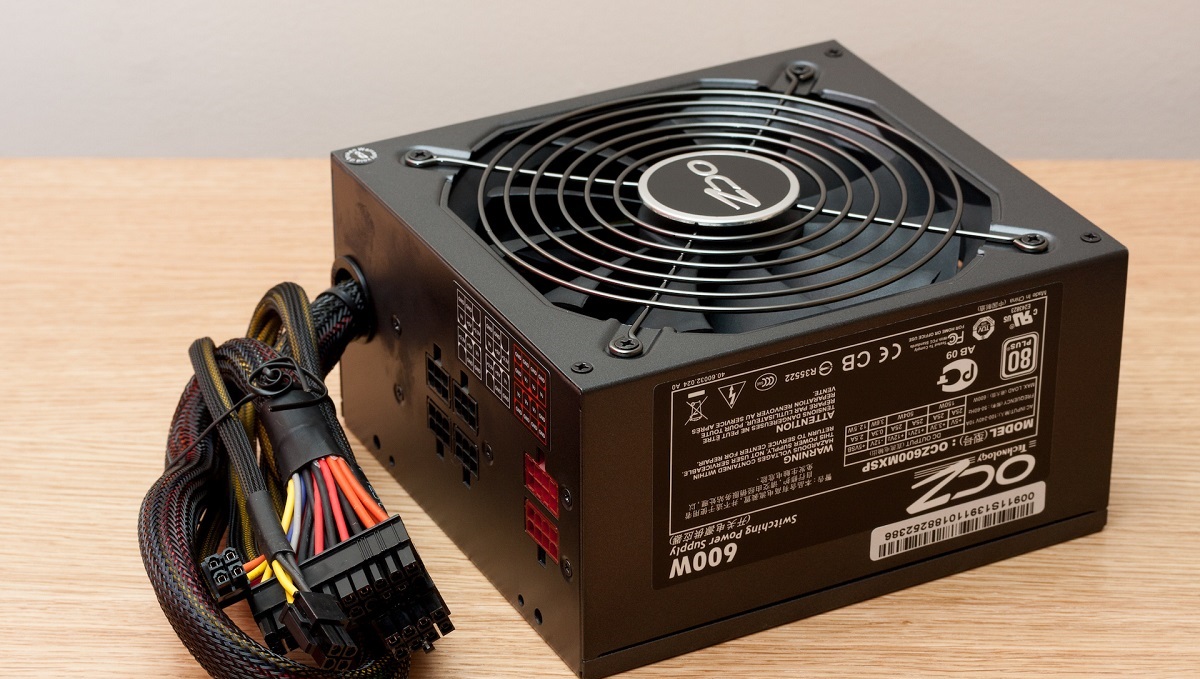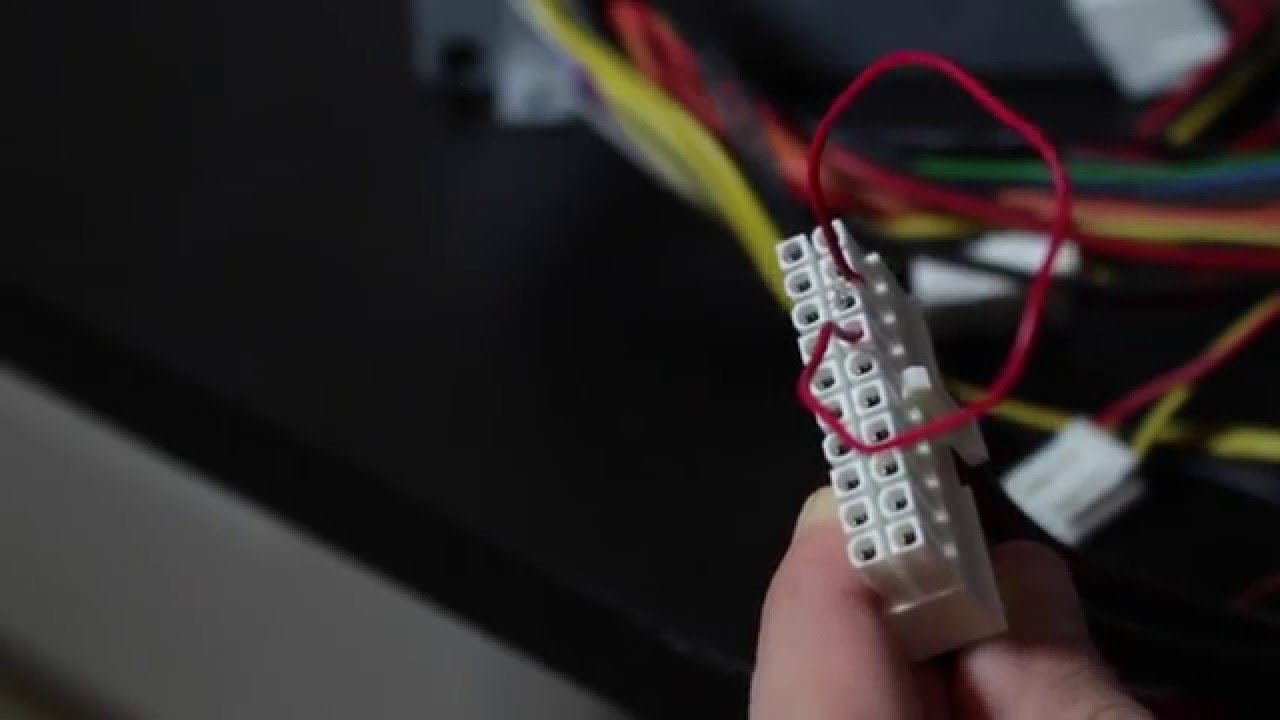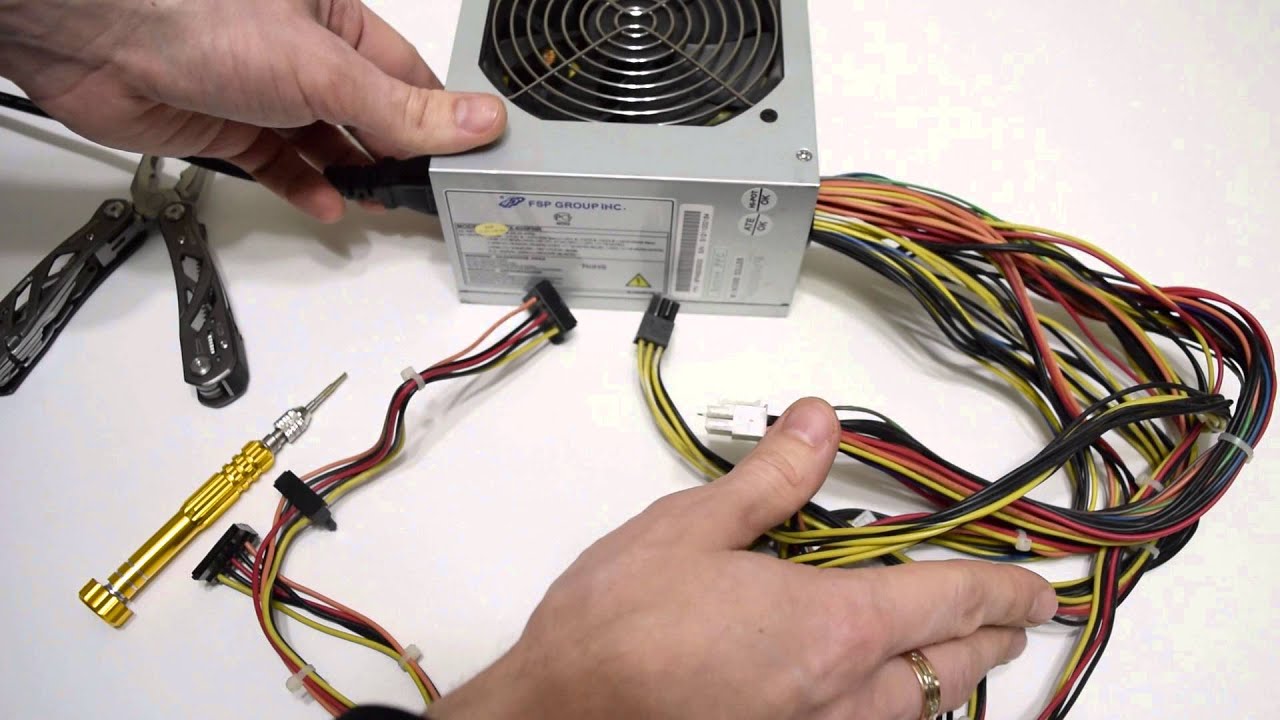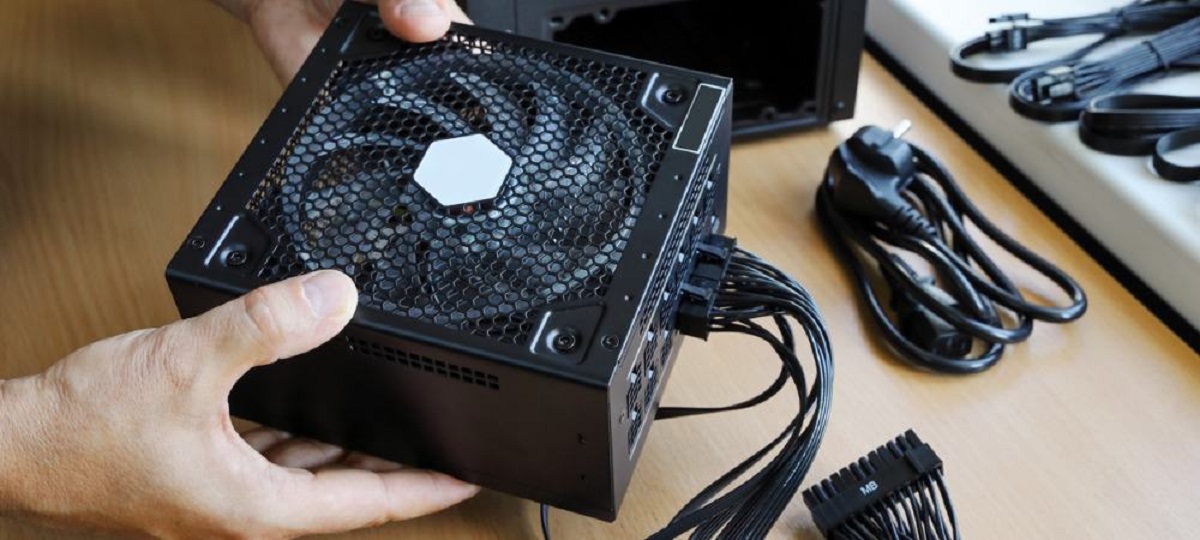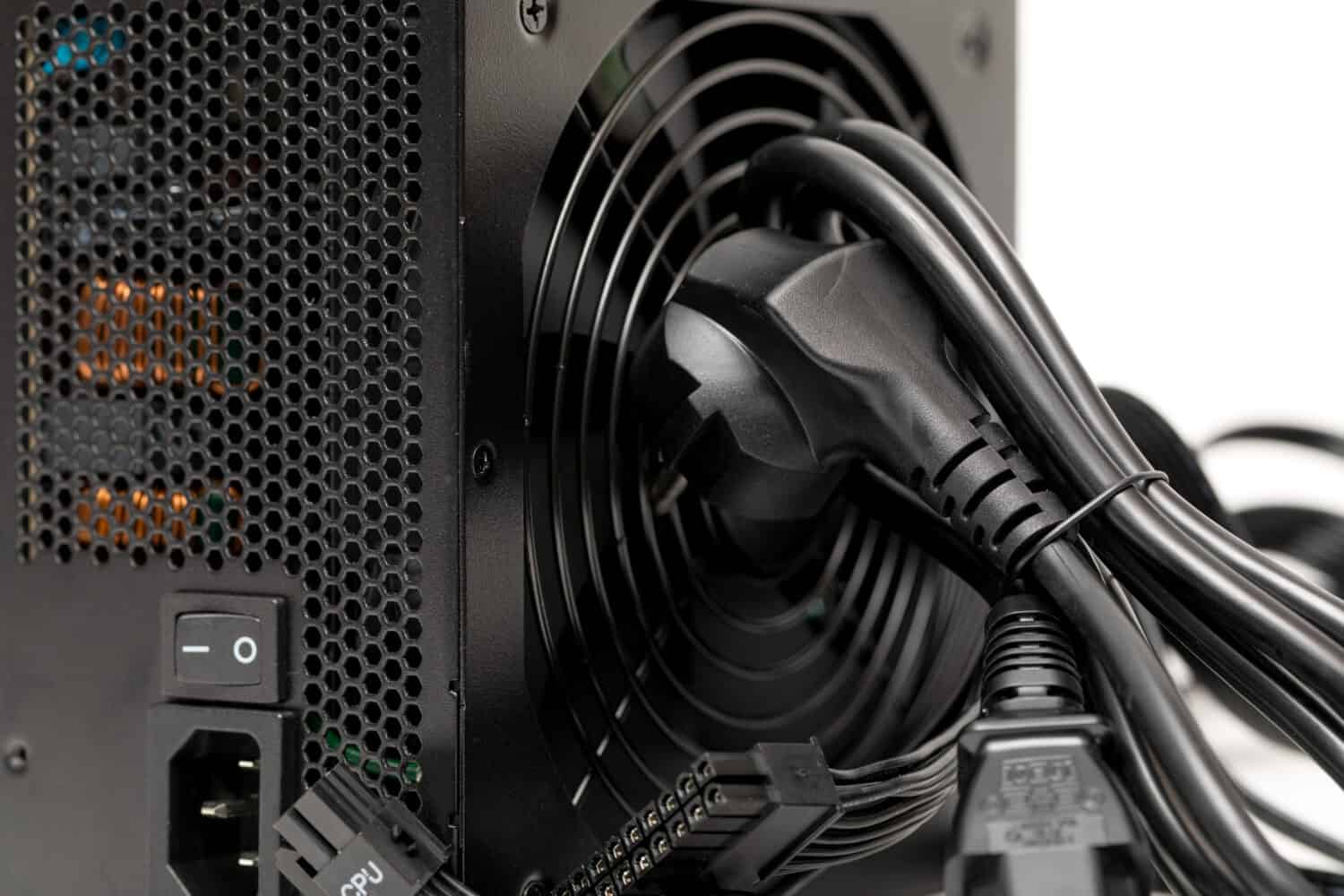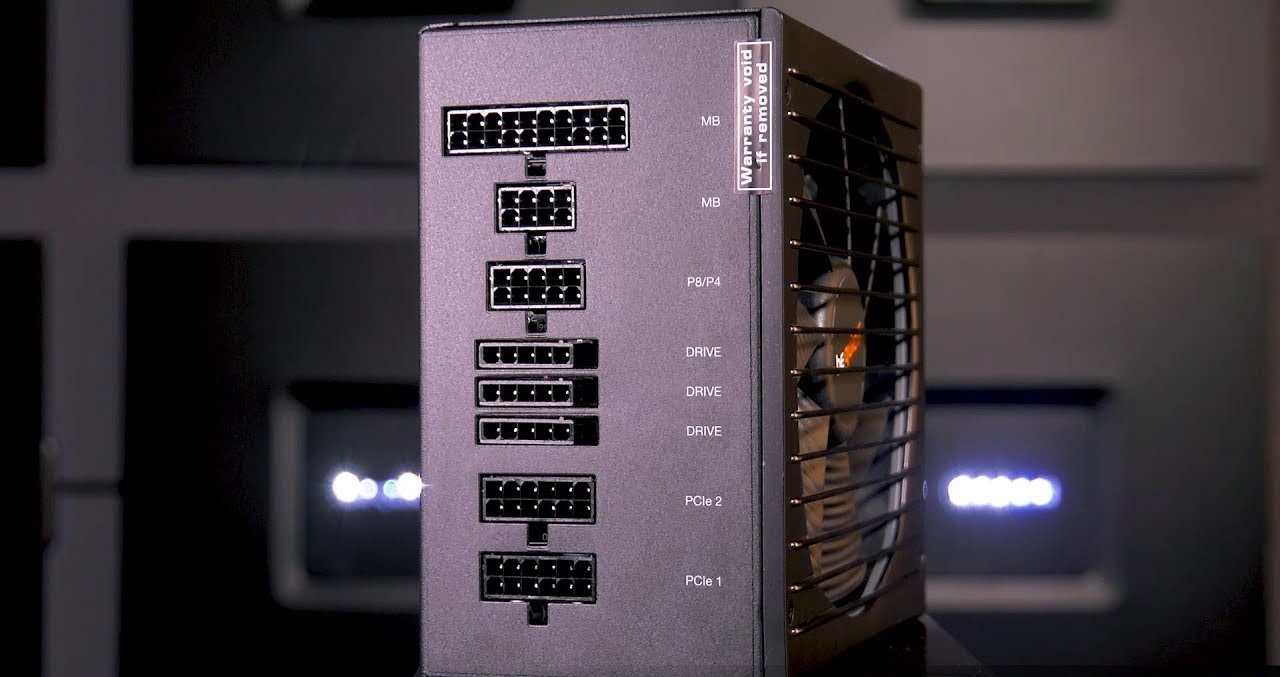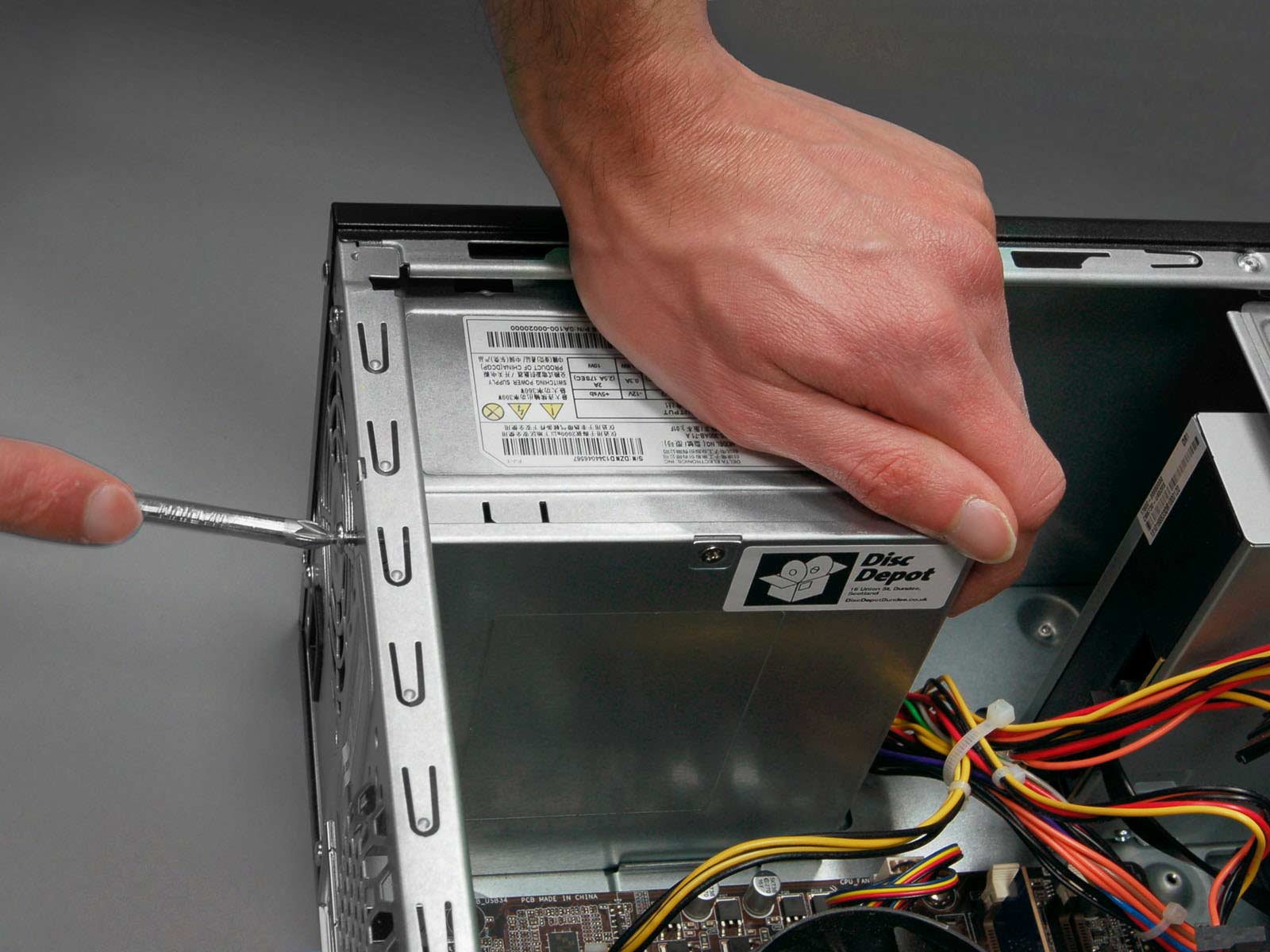Introduction
Welcome to the world of computers, where every component plays a vital role in ensuring its smooth performance. One such crucial component is the Power Supply Unit (PSU). While it may often go unnoticed by the average user, the PSU is the unsung hero that provides the necessary power to all the other components of a computer.
The PSU is responsible for converting the alternating current (AC) from the wall outlet into direct current (DC) that the computer components can use. Without a reliable PSU, your computer wouldn’t be able to function at all.
In this article, we will take a closer look at the PSU, its importance, how to choose the right one for your computer, and how to install it properly. Whether you’re a seasoned computer enthusiast or someone new to the world of desktops, understanding the role of the PSU is essential for maintaining the overall performance and longevity of your system.
So, let’s dive in and explore the fascinating world of power supplies and how they keep our computers running smoothly.
What Is the PSU?
The Power Supply Unit (PSU) is a critical component of a computer that provides the necessary electrical power to all the other components. It is responsible for converting the AC power from the wall outlet into the DC power that the computer components require to operate.
The PSU consists of various internal components, including transformers, capacitors, and voltage regulators, that work together to transform and regulate the electrical current. It typically has multiple connectors to provide power to different components, such as the motherboard, graphics card, hard drives, and peripherals.
PSUs come in different sizes and power ratings, and the choice of PSU depends on the power requirements of your computer and its components. It is important to select a PSU that can deliver enough power to meet the demands of your system, ensuring stable and reliable performance.
PSUs are designated with a wattage rating, which represents the maximum amount of power the PSU can provide. Higher-end systems with powerful graphics cards and multiple drives may require a higher wattage PSU to handle the increased power demand. It is crucial to choose a PSU with sufficient wattage to avoid potential stability issues or even system damage.
In addition to wattage, PSUs are also classified by their efficiency rating. The efficiency rating indicates how well the PSU converts AC power to DC power. Higher efficiency ratings not only reduce power wastage but also generate less heat, contributing to a cooler and more energy-efficient system.
Overall, the PSU is the backbone of a computer system, supplying the necessary power to keep all other components functioning properly. Understanding the role and importance of the PSU is crucial when it comes to selecting and maintaining a reliable and efficient computer system.
Why Is the PSU Important?
Although the PSU may not be the most glamorous component of a computer, it plays a crucial role in the overall performance and stability of the system. Here are a few key reasons why the PSU is important:
- Power Distribution: The PSU is responsible for distributing power to all the components of a computer. Without a sufficient and reliable power supply, the system may experience voltage fluctuations, which can lead to instability, data loss, or even hardware damage.
- Component Compatibility: Different computer components, such as the motherboard, graphics card, and hard drives, have specific power requirements. The PSU ensures that each component receives the appropriate power to operate optimally. An inadequate power supply can result in system crashes, performance issues, and even hardware failure.
- Overclocking Potential: Overclocking is the practice of running computer components at higher speeds than their default settings, typically to achieve greater performance. However, overclocking increases the power requirements of the components. A high-quality PSU with sufficient wattage and stable power delivery is essential for a successful and safe overclocking process.
- System Stability: A stable power supply is crucial for maintaining system stability. A PSU with inadequate power or poor voltage regulation can cause random crashes, freezes, and other stability issues. Additionally, due to power surges or failures, insufficient power can lead to data corruption or loss.
- Protecting Components: A high-quality PSU often includes safety features such as overvoltage protection, undervoltage protection, and short circuit protection. These features safeguard the components from power-related issues that could potentially damage or destroy them.
In summary, the PSU plays a vital role in efficiently and reliably delivering power to all the components of a computer. It ensures compatibility, stability, and protection, allowing the system to perform optimally and safeguarding against potential hardware damage. Choosing a suitable PSU is essential for the long-term health and performance of your computer system.
Understanding Power Supply Ratings
When it comes to choosing a Power Supply Unit (PSU) for your computer, understanding its ratings is essential. These ratings provide crucial information about the PSU’s capabilities and suitability for your system. Here are the key ratings to consider:
- Wattage Rating: The wattage rating indicates the maximum power output that the PSU can provide. It affects how many components your system can support and how much power it can draw. Make sure to choose a PSU that has enough wattage to handle the power requirements of your components, including the graphics card, processor, and drives.
- Efficiency Rating: The efficiency rating indicates how effectively the PSU converts AC power from the wall outlet to DC power for the computer components. It is expressed as a percentage. A higher efficiency rating means that the PSU wastes less power, resulting in lower electricity bills and less heat generated. Look for PSUs with 80 Plus certification, such as 80 Plus Bronze, Silver, Gold, or Platinum, which indicate higher efficiency levels.
- Rail Output: PSUs have multiple rails that deliver power to different components. The main rails are the +12V, +5V, and +3.3V rails. The +12V rail is crucial for powering high-performance components like the graphics card and CPU. It’s important to ensure that the PSU has sufficient output on the +12V rail to handle the power demands of your system.
- Modularity: Modular PSUs offer the flexibility of removable cables, allowing you to connect only the cables you need. This not only reduces cable clutter but also improves airflow inside the case. Semi-modular PSUs have some cables permanently attached, while fully modular PSUs have all cables removable. Consider the modularity of the PSU based on your cable management preferences and system requirements.
- Connectors: Ensure that the PSU has the necessary connectors to accommodate your components. Common connectors include 24-pin ATX for the motherboard, 6-pin or 8-pin PCIe for graphics cards, SATA connectors for drives, and molex connectors for peripherals. Check the specifications of your components and ensure the PSU can provide the required connectors.
By understanding these power supply ratings, you can make an informed decision when selecting a PSU for your computer. Consider your system’s power requirements, efficiency needs, rail output, modularity preference, and compatibility with the connectors required by your components. Investing in a reliable and efficient PSU will ensure stable power delivery and contribute to the overall performance and longevity of your computer system.
Choosing the Right PSU for Your Computer
When it comes to selecting a Power Supply Unit (PSU) for your computer, it’s important to consider several factors to ensure compatibility, reliability, and optimal performance. Here are some key considerations to help you choose the right PSU:
- Wattage: Determine the power requirements of your system components, including the CPU, graphics card, drives, and peripherals. Add up their power consumption to get an estimate of the wattage your PSU needs to deliver. It’s recommended to have some headroom for future upgrades or overclocking. Select a PSU with a wattage rating that is adequate for your current and future needs.
- Efficiency: Consider the efficiency rating of the PSU, such as the 80 Plus certification. A higher efficiency rating means the PSU converts more AC power to DC power, resulting in energy savings and less heat generation. Look for PSUs with higher efficiency ratings, such as 80 Plus Gold or Platinum, for improved power efficiency and reduced environmental impact.
- Quality and Reliability: Invest in a reputable brand and high-quality PSU to ensure reliability and longevity. Cheaper PSUs may be tempting, but they often lack the necessary components and safety features. Look for PSUs from reputable manufacturers that have good reviews and warranties to ensure a reliable power supply for your system.
- Modularity: Consider the modularity of the PSU based on your cable management preferences. Modular PSUs allow you to connect only the cables you need, reducing cable clutter and improving airflow. Semi-modular or fully modular PSUs offer greater flexibility, but they may come at a higher price. Evaluate your cable management needs and choose a PSU with the appropriate level of modularity.
- Connectors: Check the connections required by your components, such as the motherboard, graphics card, and drives. Ensure that the PSU has the necessary connectors to support your system. Common connectors include 24-pin ATX, PCIe, SATA, and molex. Double-check the manufacturer’s specifications to ensure compatibility between the PSU and your components.
- Budget: Set a budget for your PSU, and find a balance between quality and affordability. While it’s important not to compromise on quality, expensive doesn’t always mean better. Consider your specific needs and compare prices to find a PSU that delivers the required performance within your budget.
By considering these factors, you can choose a PSU that meets the power requirements of your system, offers reliable performance, and fits your budget. Remember to research and read reviews to make an informed decision. A well-chosen PSU will provide stable, efficient power to your computer and contribute to its overall performance and reliability.
Installing and Connecting the PSU
Installing and connecting a Power Supply Unit (PSU) in your computer is a straightforward process. Follow these steps to ensure a proper installation:
- Prepare the Workspace: Before starting, ensure you have a clean and static-free workspace. Power off your computer and unplug it from the power source. Open the computer case by removing the side panel, typically secured with thumb screws or screws at the back.
- Locate the PSU Mounting Area: Identify the location where the PSU will be installed. It is usually located at the top or bottom rear of the case, with mounting holes corresponding to the PSU size.
- Align and Screw in the PSU: Place the PSU in the mounting area, aligning the screw holes with the corresponding holes in the case. Secure the PSU using the provided screws, ensuring it is firmly in place.
- Connect the Power Cables: Connect the necessary power cables from the PSU to the respective components. Start with the 24-pin ATX power connector, which provides power to the motherboard. Connect the PCIe power cables to the graphics card. Use SATA power connectors for drives and molex connectors for peripherals.
- Route and Manage Cables: Ensure proper cable management to improve airflow and aesthetics. Route the cables neatly, tucking them away from fans and components. Use cable ties or Velcro straps to secure and organize the cables.
- Double-Check Connections: Once all the cables are connected, double-check each connection to ensure they are secure. Loose connections can cause power delivery issues and system instability.
- Close the Case and Power On: Carefully close the computer case, ensuring that no cables are pinched or obstructed. Plug in your computer and turn on the power. Verify that all components are receiving power and that the system boots up properly.
- Test and Monitor: After installing the PSU, monitor the system’s performance and ensure that it remains stable. Monitor temperatures and voltages using software utilities to detect any irregularities.
It’s important to note that if you’re not comfortable working with computer hardware, it’s advisable to seek professional assistance. Professional technicians can ensure a safe and proper installation of the PSU, minimizing the risk of component damage or personal injury.
By following these steps and taking precautionary measures, you can successfully install and connect your PSU, ensuring a reliable power supply for your computer system.
Troubleshooting PSU Issues
While Power Supply Units (PSUs) are generally reliable, occasional issues may arise that affect the performance and functionality of your computer. Here are some common PSU issues and troubleshooting steps:
- No Power: If your computer isn’t powering on at all, it could indicate a PSU problem. Double-check that the PSU power switch is turned on and the power cord is securely connected. Test the power outlet with another device to ensure it’s providing power. If the PSU still doesn’t power on, it may be a faulty unit that requires replacement.
- Power Fluctuations: If your computer experiences random shutdowns, reboots, or intermittent power issues, it may be due to power fluctuations. Check if the PSU is securely connected to the components and all cables are properly seated. Inspect the power cord and replace it if damaged. If the issue persists, it could be a faulty PSU or a problem with the power source.
- Overheating or Fan Issues: An overheating PSU can cause system instability or even damage. Ensure that the PSU fan is operating properly and free from dust buildup. Check if the fan spins when the system is powered on. If the fan is not functioning, it may need cleaning or replacement. Address any airflow issues in the case by improving ventilation and removing any obstructions.
- Strange Noises or Smell: Unusual noises like buzzing, grinding, or whining, or strange odors emanating from the PSU could indicate a malfunction. Power off your computer immediately and unplug it. Inspect the PSU for any signs of damage, such as burnt components or bulging capacitors. If you notice any physical damage or suspect a serious issue, it’s best to seek professional help or consider replacing the PSU.
- Compatibility Issues: Incompatibility between the PSU and components can cause stability issues or prevent the system from booting. Ensure that the PSU is compatible with your motherboard, graphics card, and other components in terms of wattage and connectors. Double-check the manufacturer’s specifications and consult compatibility lists if necessary.
- Power Surges or Outages: Power surges or sudden outages can potentially damage the PSU. Use a surge protector or an uninterruptible power supply (UPS) to protect your computer from fluctuations and provide a clean power source. If the PSU has been exposed to a power surge or outage, it may need to be replaced.
Remember, if you are unsure about troubleshooting PSU issues or do not have experience working with computer components, it’s best to seek professional assistance from a qualified technician. They can diagnose the problem accurately and recommend the appropriate solution.
By understanding common PSU issues and taking the necessary troubleshooting steps, you can resolve problems effectively and maintain a reliable power supply for your computer system.
Conclusion
In conclusion, the Power Supply Unit (PSU) is a critical component that ensures the reliable and efficient operation of your computer. It converts AC power from the wall outlet into the DC power required by the various components of your system. Understanding the importance of the PSU and choosing the right one for your computer is essential to maintain stability, compatibility, and optimal performance.
When selecting a PSU, consider factors such as wattage, efficiency rating, quality, modularity, and compatibility with your components. A well-chosen PSU will provide sufficient power, minimize energy wastage, and contribute to a cooler and more reliable system.
Installing the PSU requires proper care and attention. Follow the recommended steps, ensure proper cable management, and double-check all connections before powering on your computer. This will help prevent potential issues such as power fluctuations, component incompatibility, and overheating.
If you encounter any PSU-related issues, such as power failures, strange noises, or compatibility problems, take the necessary troubleshooting steps. Check power connections, inspect the PSU for physical damage, address overheating issues, and consider professional help if needed.
By understanding and maintaining your PSU, you can ensure a stable and efficient power supply for your computer system, prolong the lifespan of your components, and enhance the overall performance of your computer.







